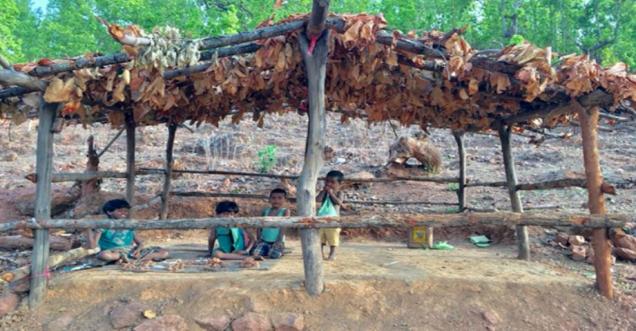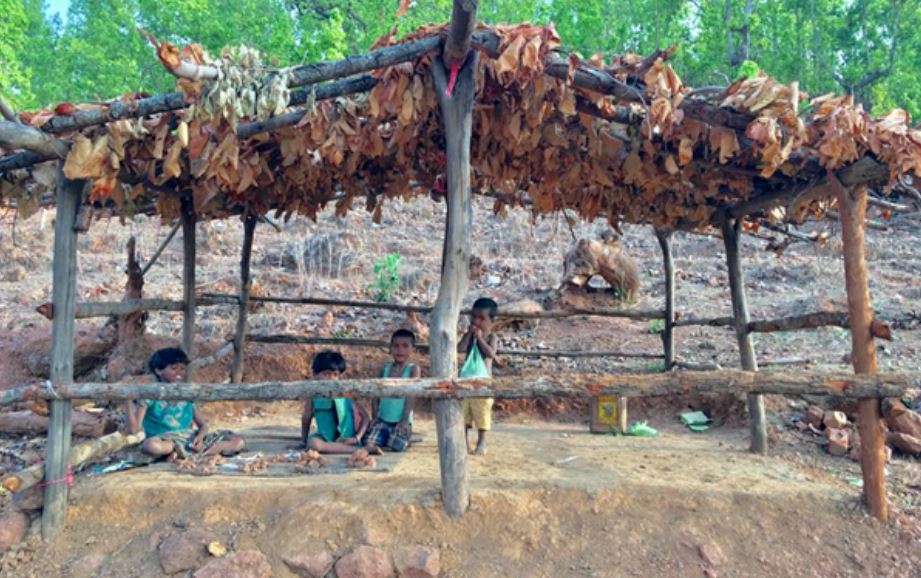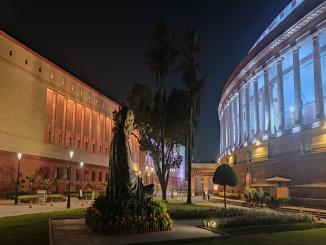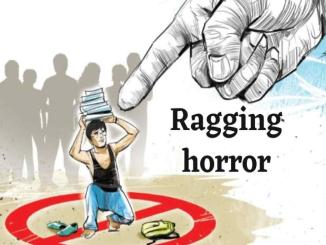
The role of education is to add value to Man in such a manner that he is able to achieve his socio-economic and cultural aspirations through all times and generations.
Mankind’s civilizational journey had been a journey of incorporating education with available resources for an ever better world. This sojourn has historically yielded several, simpler to complex, social utility paradigms for man himself. Combination of resources with education has produced Man’s social utility. While the resources (Land, Labour, Capital, Entrepreneurship) have remained a hygiene factor, education has played the major differentiator. Education helped mankind in better exploitation of resources towards his personal and social good.
Resources coupled with education made men socially more useful. This relative social utility became man’s value index in society. Most of the times this social utility was directly proportionate with the livelihood of the man concerned, barring some exceptions.
India suffers jeopardy on both fronts: education as well as resources. Our resources remain underutilized, and along with this underutilization, we also have trends of misutilization due to lack of integral education. As a country, we waste lots of resources knowingly or unknowingly.
When we take a closer look at the tribal parts of India, this effect of dwarfed social utility haunts us even further. All the evils of humanity plague this part of India, not just due to the lack of resources, but, also, due to lack of an education which can enrich the resources while ensuring optimum exploitation.
The tribals constitute 8.6% of the population of India, amounting to 104 million out of 1.21 billion as per Census 2011. Tribals inhabit almost 15% part of India’s geography. These areas are unfortunately the nadir of India’s HDI story. The focus on tribal development has been speeded up by successive governments. Yet the tales of illiteracy, unemployment, poverty and malnutrition offer a big threshold to cross before the morning of development dawns here.
Are the tribals of India losing out in the race of sustainable social utility despite prolonged government concerns and herculean exercises? At times many sections of tribal India are not even aware and worried about their proneness to the globalized world. Aspirations galore less in these areas.
“Historically, the economy of most tribes in India was hunting and food gathering and then subsequently based on subsistence agriculture. A large number of tribal population in rural areas of India is still dependent on forests for their livelihood, and therefore, provisions for basic necessities like food, fuel, housing material, etc., are made from the forest produce in this forest-based tribal economy. A large percentage of tribals living close to forest areas constitute the most disadvantaged section of society based on per capita income, literacy rate, health status and lack of access to basic amenities.” Statistical Profile Of Scheduled Tribes In India 2013
A close analysis of tribal societies in remote villages or close to the forest will give one a clear understanding that they are going through a civilizational process, which is in a rapid transition from hunter-gatherer towards agriculture. Somewhere midway between the two stages. They never stored, they enjoyed the bounty of nature and thrived merrily. But today the resource paradigm has shifted and the reduction in forest density coupled with population growth and mining led displacement have put greater pressure on agriculture practices. Despite being in the hilly areas, closer to forest, tropical rain areas, most of tribal India still doesn’t have water for a second crop. All their economic activity revolves around forest produces and agri products of the Kharif season.
While their region pays the price of maintaining ecological balance and maintaining the forest cover. They remain idle for most of the year and live in some of the most challenging circumstances. They lack the right integral education to ensure productivity of their available resources round the year. Eternity or sustainability of socio-cultural-economic utility is a function of right education. Given the lacklustre in education and capacity building, they don’t remain much useful for rest of society and end up being the cheapest labour in most circumstances.
The basic education required to enhance the productivity and sustainability of their resources is lacking in our system’s design. The very premise of being a tribal was culture-driven, linked to their economic backwardness, geographical isolation and their primitive traits. While our present education system of scholastic curriculums is solving some of their core issues of mainstreaming them socially But is it doing enough to bring them out of economic backwardness? Is the existent education and skill pattern linking them towards confidence of entrepreneurship? Today’s sarva shiksha abhiyan and skill development regime are not cohesive with their realities, their resources and their step by step succession towards self-reliance and entrepreneurship. Their Journey from natural survivors (forestry, hunter-gatherer) to round the year agriculture is incomplete without organic education, tailor-made to their surroundings.
There is an urgent need in Tribal parts of India, to make their resources more productive in a sustainable way to enhance their social utility in relation to other parts of the country and globe, through education. Integral and holistic education can only usher in decentralised development of every individual, protect their cultural roots and facilitate the improvement of their socio-economic conditions.
To ensure above, we need to design centres of Integral education for tribal areas, which can be run under public leadership and be supported by govt institutions. Such centres don’t need to be another set of brick and mortar structures. It can simply be an area of several display models organically set in the landscape of the geography. The local human resources can be roped in to deliver the local context-based value addition methodology and catapult the entrepreneurship of hamlets.
Knowledge alone can lead such societies towards growth and self-sufficiency. This knowledge does not need to be foreign, it should very subtly be contexed around the local aspirations and available resources. Under such a design and persistent efforts, we can easily achieve the United Nations Sustainable development goals in a structured and domestic method well in time.
A simple solution to the “educational needs for better living standards through maximum utilization of their existing resources” can be brought by incorporation of unique centres of integral development. The community feeling is still intact amongst the rural tribals. These centres can be run by villagers in a community model on community land under the aegis of their traditional leadership systems. These centres can incorporate live lessons on all aspects of life, economy and culture. While men and women can participate and contribute to peer learning on different matters, children can observe and learn several finer elements of their habitat’s economic potential in their free times. Governments and different departments can perform the role of facilitator for this centre.
The core elements to be displayed and taught in such open-air centres can be, but not limited to :
“Forest produce , Minor forest produce , Medicinal plants , Aromatic plants , Bamboo culture , Agriculture , Wasteland / dry land practices , Horticulture , Animal husbandry , Fishery , Honey , Nursery / Seed bank , Govigyan , Compost (From forest waste and animal waste) , Silk production (Rearing / Reeling / Weaving / Painting) , NRM (Natural resource management) , Processing , Packaging , Pottery , Wood work , Non farm enterprises , Supply chain / Storage , Bank / Market linkage , Equipment and resource sharing , Health and wellness , Ayurveda and traditional medicines , Personal/Social contingency management , Relevant govt schemes”
Such an education system facilitated by the government at the village level, where society takes leadership and performs the value addition activities for its own resources will make them rise to their fullest potential. This education will be integral to their resources, needs, tradition and the external challenges they face as a community. Community efforts for peer motivation towards health and wellness, greater crop intensity, enhanced utilization of allied resources, greater engagement in productive activities will definitely yield in entrepreneurship. Effective implementation of social aspirations through social participation and education will make the achievement of sustainable development goals real, inclusive and lasting in this last mile of India.




























